20 Defunct Restaurant Chains With The Strangest Gimmicks In History
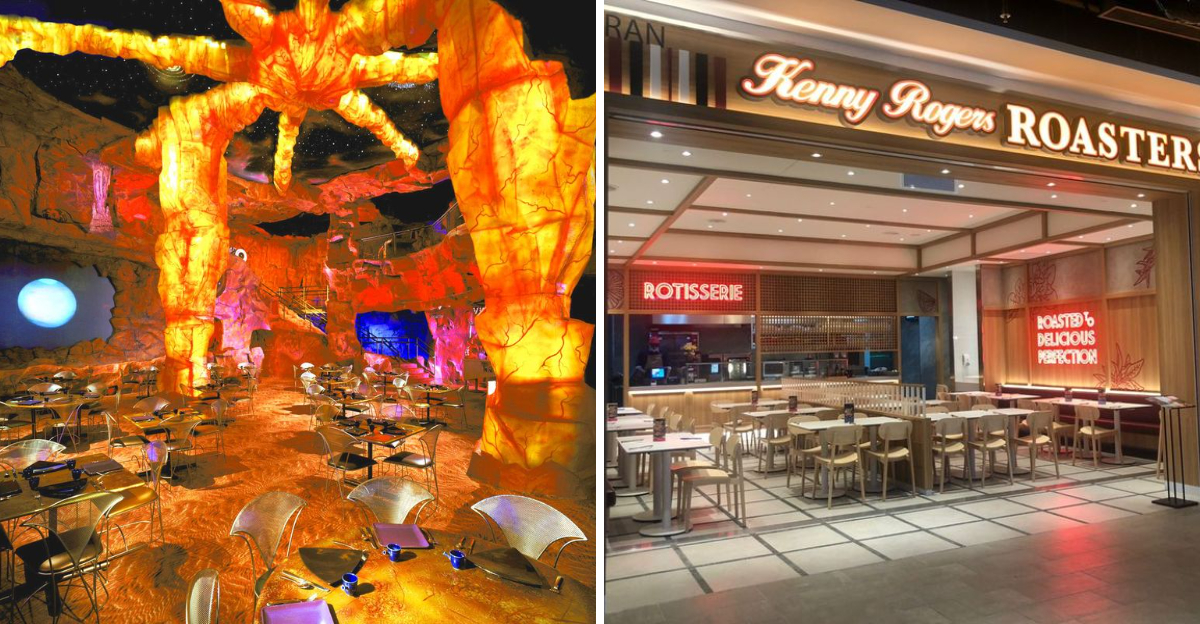
Some restaurant chains go viral before “viral” was even a thing. From wild themes to bizarre service models, the history of American dining is full of now-defunct chains that tried something different—sometimes genius, often questionable. Whether they were ahead of their time or just plain weird, here are 20 restaurant chains that went all in on gimmicks… and didn’t survive.
1. Mars 2112
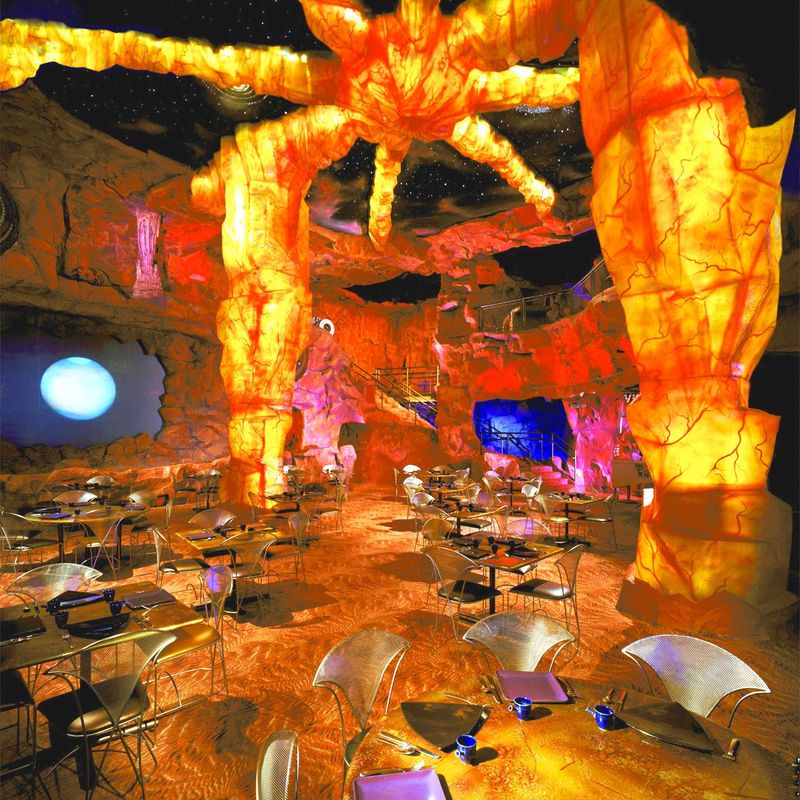
With a concept out of this world, Mars 2112 took diners on a fantastical journey. Upon arrival, patrons boarded a simulation ride, traveling to a Martian landscape. Once “landed,” the experience continued with waitstaff dressed as aliens, serving intergalactic cuisine in a spaceship-like setting.
This New York City hotspot was more than a meal—it was an adventure. Despite the immersive experience, the novelty eventually wore thin, leading to its closure.
Mars 2112 remains a nostalgic memory of a time when dining meant venturing to another planet, even if only for an hour or two.
2. The All-Star Café
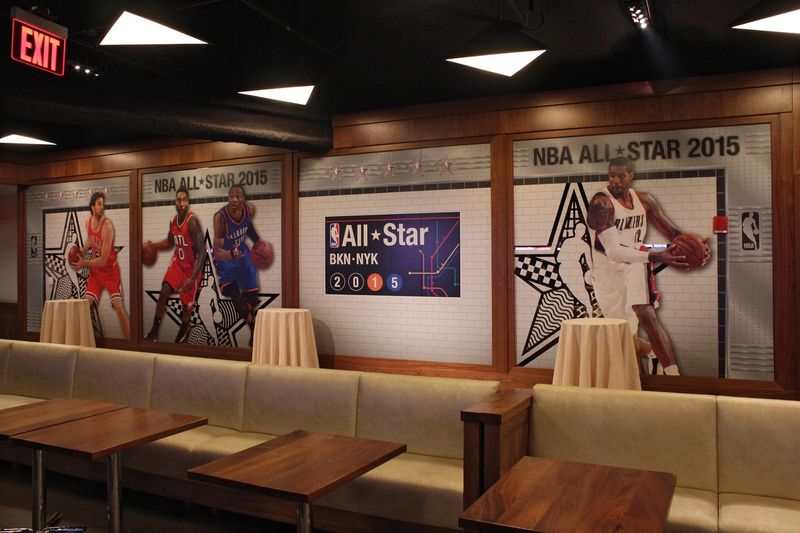
A sports fan’s dream come true, The All-Star Café combined dining with athletic fame. Backed by big names like Shaquille O’Neal and Wayne Gretzky, it was decked out with sports memorabilia. Jumbotrons broadcasted games to diners, ensuring they never missed a moment of action.
The atmosphere was electric, merging the thrill of live sports with casual dining. However, the concept was too niche and couldn’t sustain long-term interest.
Though short-lived, The All-Star Café encapsulated a unique era where sports and dining collided in one lively venue.
3. Casa Bonita (Original Chain Version)
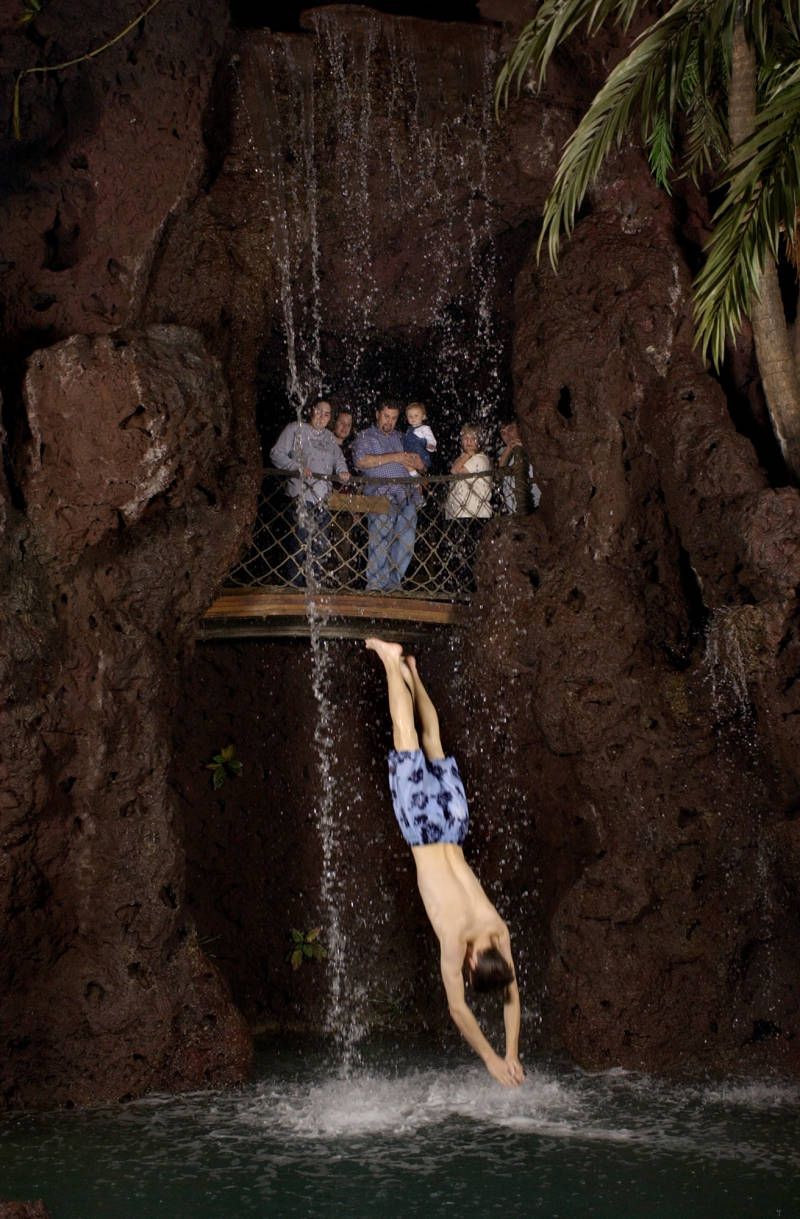
Casa Bonita wasn’t just about food; it was a theatrical experience. Diners were treated to cliff divers performing daring feats, puppet shows for entertainment, and even the occasional man in a gorilla suit roaming around.
This Mexican chain offered more than just sopapillas—it provided an escape from the ordinary. Despite its innovative approach, the business model wasn’t sustainable, leading to closures.
Casa Bonita remains legendary, especially after being featured on South Park, but its original chain version is now a part of history.
4. Beefsteak Charlie’s
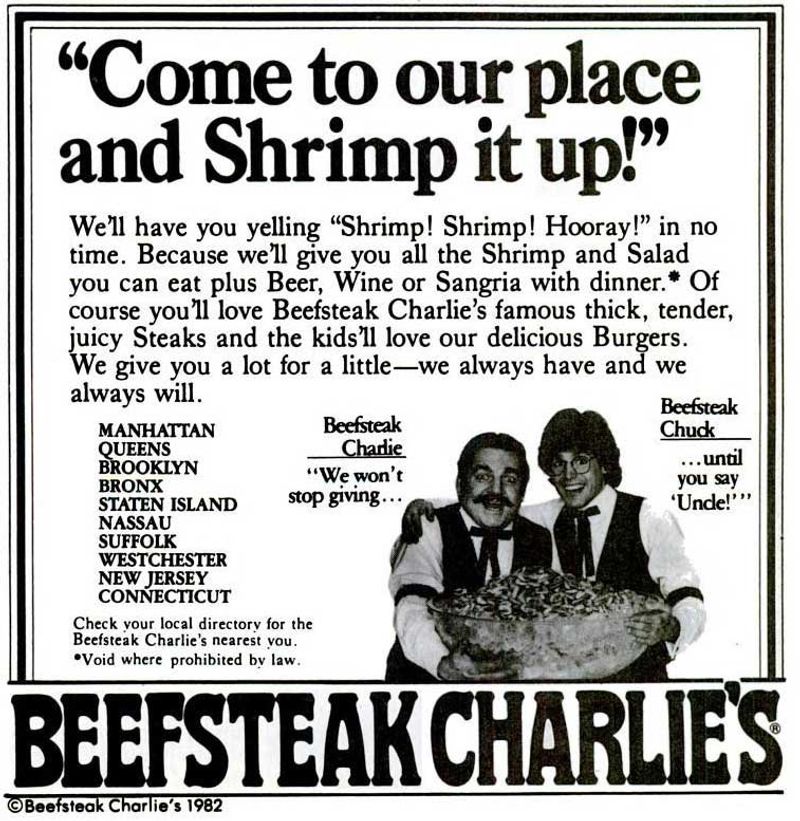
Beefsteak Charlie’s promised more than just a meal; it promised indulgence. Known for its all-you-can-eat salad bar, the real draw was the complimentary beer, wine, and sangria offered with meals.
This was a place where diners felt spoiled, echoing its famous slogan. The experience was lavish, yet surprisingly affordable, capturing the hearts of many.
Though its doors have closed, Beefsteak Charlie’s left behind memories of a time when dining out was synonymous with feasting without limits.
5. Bugaboo Creek Steakhouse

Bugaboo Creek Steakhouse was a destination for more than just steak. Its Canadian lodge theme was complete with animatronic moose heads and talking pine trees, creating an atmosphere akin to a wilderness adventure.
Guests were entertained by the quirky animatronics as they dined on hearty meals. This unique blend of dining and entertainment made it memorable.
Despite its charm, the novelty wore thin, leading to its eventual closure. Bugaboo Creek’s legacy lives on in the fond memories of those who dined amid the animated wilderness.
6. Ed Debevic’s (Some Locations Closed)
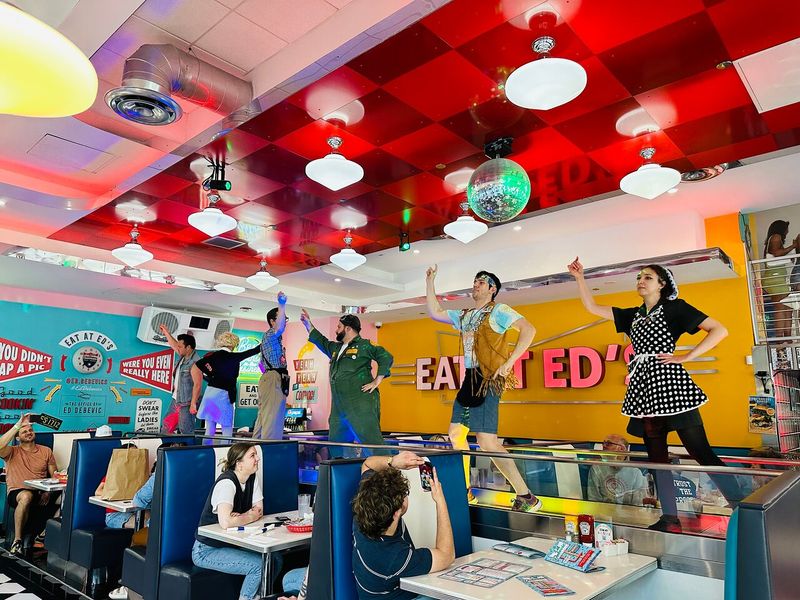
At Ed Debevic’s, the attitude was as much a part of the menu as the food. Known for its sassy servers who playfully insulted diners, it turned the customer service model on its head.
The retro diner atmosphere added to the unique experience, making each meal memorable for more than just the cuisine. It was a place where the unexpected was expected.
While not entirely defunct, many locations have shut down, leaving fans yearning for the days when dining included a side of playful sass.
7. Kenny Rogers Roasters
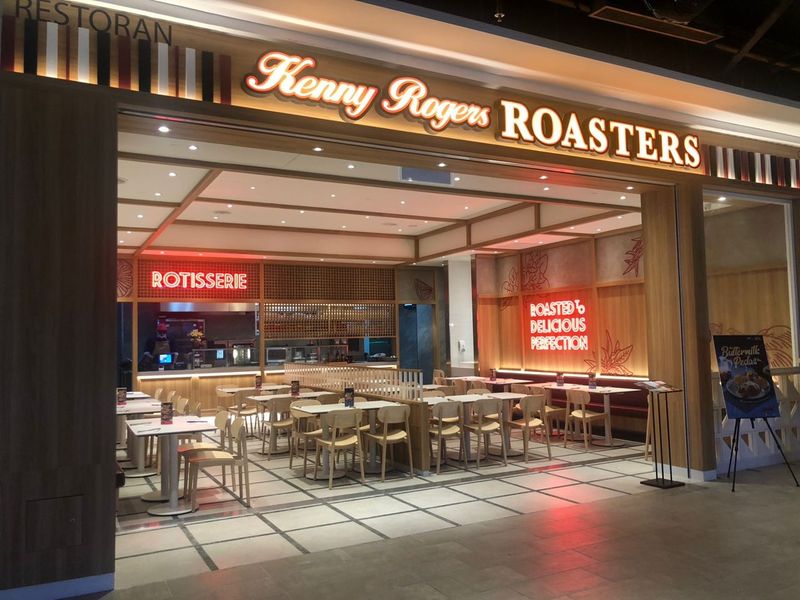
Kenny Rogers Roasters served up comfort food with a side of celebrity appeal. Founded by country legend Kenny Rogers, the chain was known for its homestyle chicken and unexpectedly upscale decor for a fast-casual setting.
The celebrity endorsement added an extra layer of charm, drawing fans and foodies alike. Despite its strong start, changing tastes and competition led to its closure.
Kenny Rogers Roasters remains a nostalgic reminder of a time when a famous name could launch a dining empire, however temporary.
8. The Magic Pan
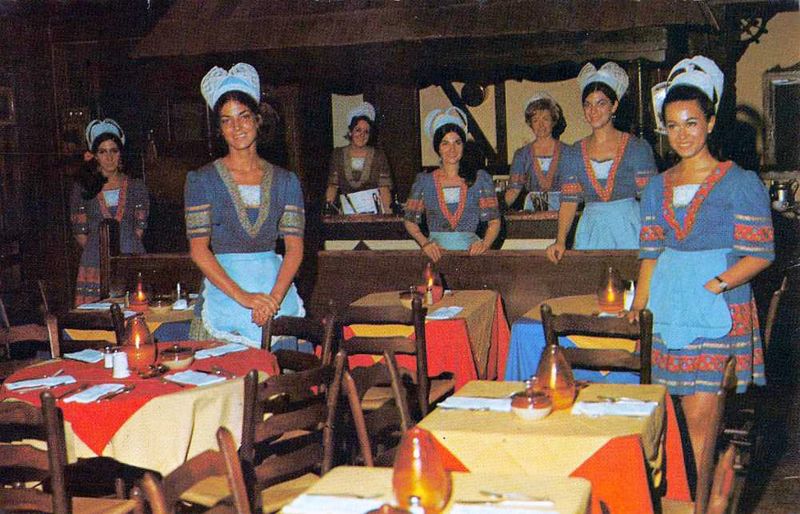
The Magic Pan was famed for its mesmerizing crepe-making process. Passersby were drawn in by the sight of the spinning automated griddle in the front window, where crepes were crafted to perfection.
The restaurant exuded a sense of culinary theater, turning the simple act of making crepes into an art form. Yet, the rise of carb-conscious dining trends led to its decline.
The Magic Pan’s unique blend of spectacle and flavor is fondly remembered by those who witnessed its culinary choreography.
9. Farrell’s Ice Cream Parlour
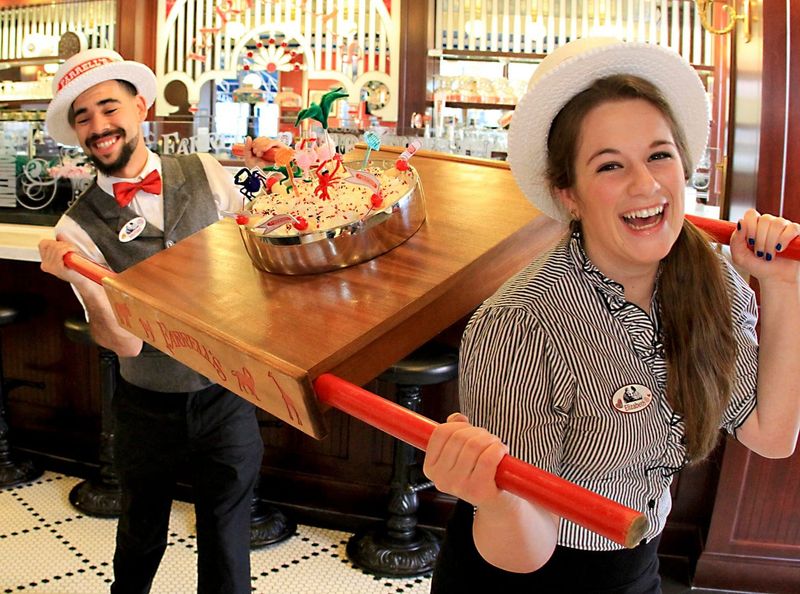
At Farrell’s Ice Cream Parlour, ordering a sundae was cause for celebration. The air was filled with the sound of drums and sirens, making each dessert order a grand event.
This over-the-top approach to ice cream drew families and fun-seekers alike, offering more than just a sweet treat. The atmosphere was as much a part of the experience as the ice cream itself.
Though many locations have closed, Farrell’s remains a cherished memory of a time when dessert was a full-blown spectacle.
10. Steak and Ale
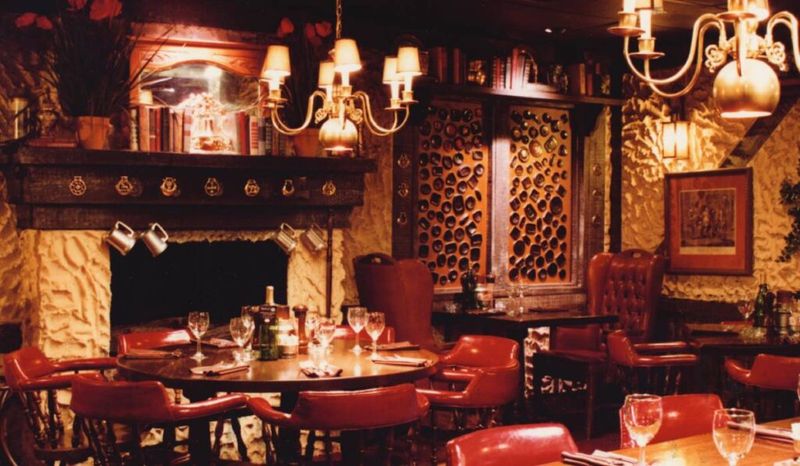
Steak and Ale aimed to transport diners to a different era. With its dark wood decor and medieval-inspired ambiance, it offered an upscale dining experience on a budget.
The extensive salad bars were a highlight, providing a touch of elegance. However, the concept struggled to maintain its allure amid evolving dining trends.
Steak and Ale’s closure marked the end of an era, but it remains a nostalgic chapter in the history of themed dining experiences.
11. Minnie Pearl’s Fried Chicken

Banking on the celebrity status of its co-founder, Minnie Pearl’s Fried Chicken aimed to win hearts with humor and homestyle cooking. The country comedian’s name brought initial attention, creating buzz.
Despite its humorous appeal, the food failed to leave a memorable mark, overshadowed by stronger competitors. The chain’s reliance on celebrity wasn’t enough to sustain it.
Minnie Pearl’s Fried Chicken is remembered as a venture where comedy met culinary, a fleeting chapter in the fast-food landscape.
12. Sambos
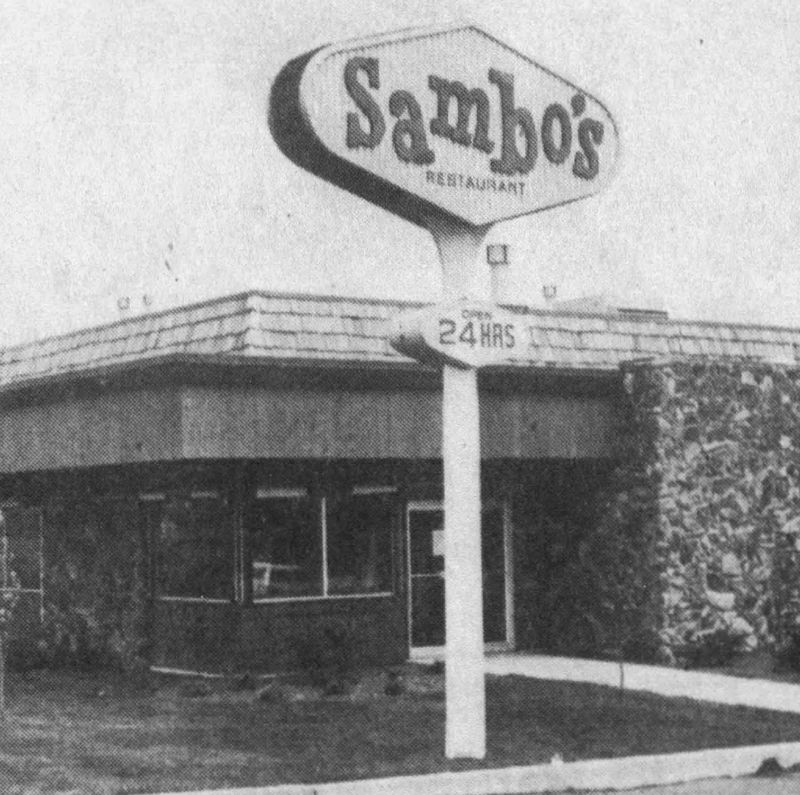
Sambos began with a theme tied to a children’s book, which later became a point of contention. The restaurant’s theme was soon recognized as racially insensitive, leading to public outcry.
Efforts to rebrand were made, but the controversy overshadowed any culinary offerings. The restaurant couldn’t shake off its problematic past.
Today, Sambos serves as a reminder of how cultural insensitivity can impact a brand, overshadowing its attempts to reinvent itself.
13. Royal Canadian Pancake House

The Royal Canadian Pancake House took breakfast to a grand scale. Pancakes were served on giant cast-iron skillets, and each table boasted its own maple syrup tap.
This oversized approach to dining was both gimmicky and fun, drawing in curious patrons. However, the novelty wasn’t enough to sustain long-term interest.
The Royal Canadian Pancake House is fondly remembered for its unique serving style, a quirky piece of breakfast history now gone.
14. Wuv’s Hamburgers
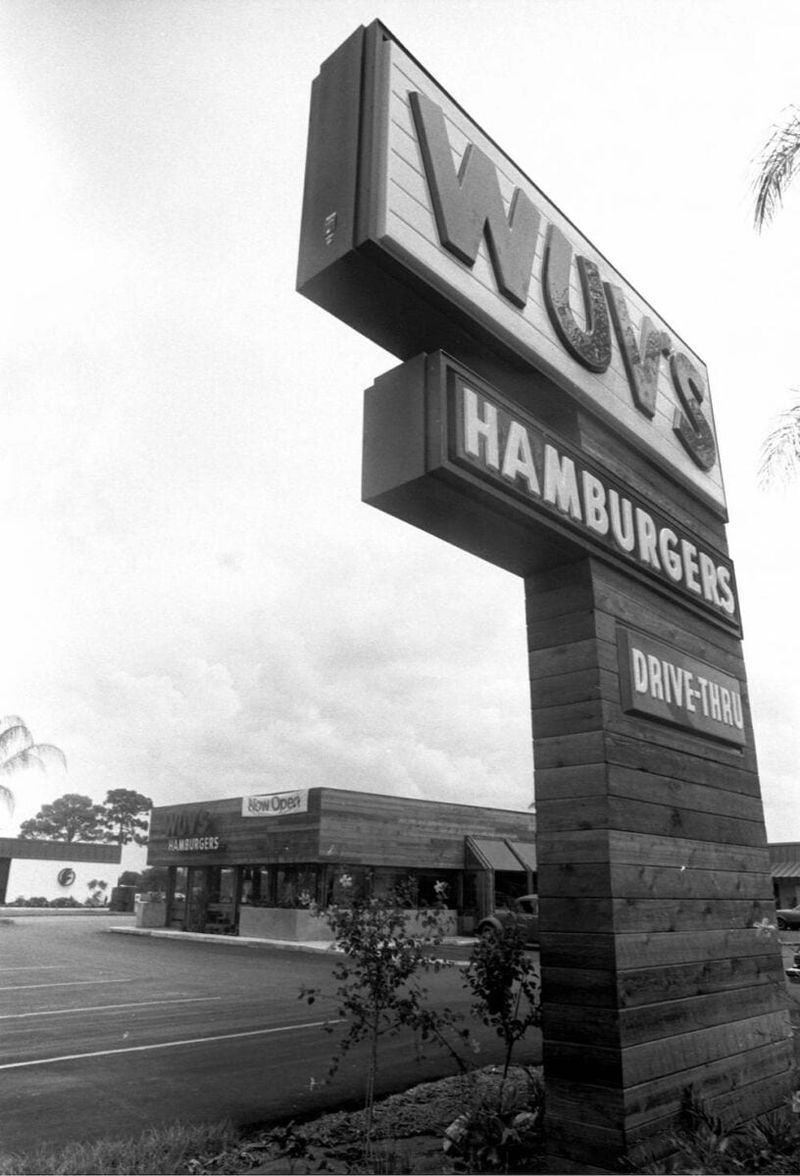
Wuv’s Hamburgers aimed to capture the heartstrings of diners with its “family love” ethos. The chain tried to compete with giants like McDonald’s but focused more on atmosphere than culinary innovation.
Despite its heartfelt concept, the food failed to stand out among competitors. The unusual name lingered longer than its menu.
Wuv’s serves as a case study in how sentiment alone can’t guarantee success in the fast-food market, yet it remains a quirky chapter in burger history.
15. D’Lites

D’Lites was ahead of its time, offering health-focused fast food options long before the wellness trend took off. Low-calorie burgers and diet desserts were the stars of its menu.
Despite its forward-thinking approach, the market wasn’t ready for such offerings, leading to the chain’s decline. It was a case of right idea, wrong time.
D’Lites is remembered for its pioneering spirit in healthy fast food, a concept that would flourish decades later.
16. America’s Favorite Chicken Company

America’s Favorite Chicken Company was less a restaurant and more a branding experiment. By combining Church’s and Popeyes, it aimed to create a one-stop poultry paradise.
The concept was ambitious, but consumers weren’t convinced, leading to its fading into obscurity. The merger couldn’t replace brand loyalty consumers felt for individual chains.
This venture is now a lesson in how not every branding experiment strikes a chord with the public, despite its promising potential.
17. Flakey Jake’s
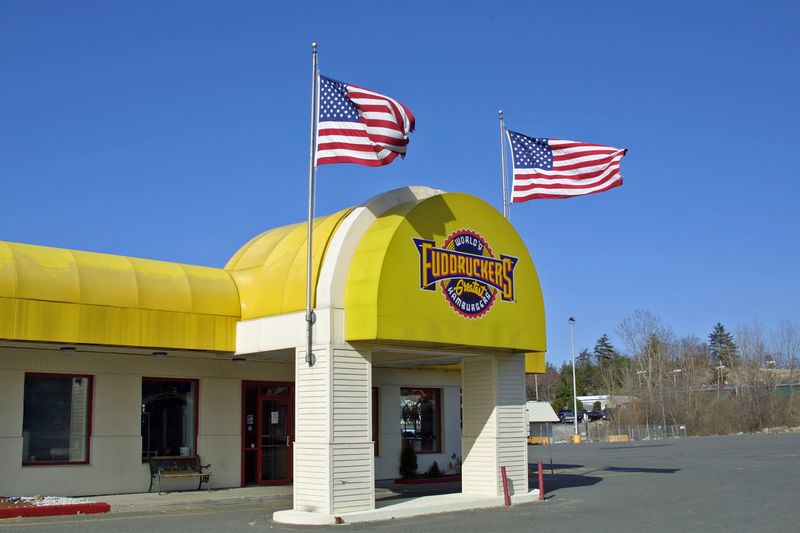
Flakey Jake’s stood out by baking its burger buns fresh in-house. The process was visible to customers, adding an element of transparency and quality to the dining experience.
Despite the novelty of watching buns being made, the overall concept struggled to keep pace with larger competitors. Freshness wasn’t enough to maintain its presence in a crowded market.
Flakey Jake’s remains a fond memory for those who appreciated its commitment to quality, even if it couldn’t survive in the fast food frenzy.
18. Naugles
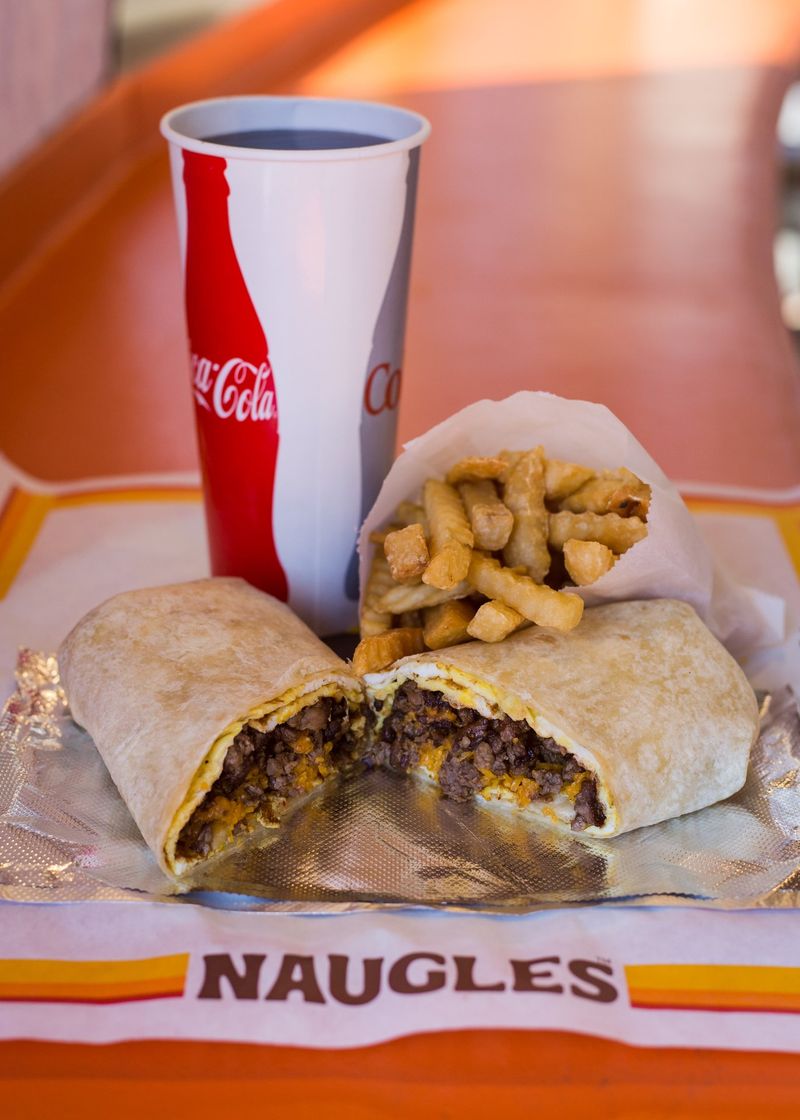
Naugles carved a niche with its drive-thru breakfast burritos, a rarity at the time. Combining tacos and burgers, it offered diverse menu options in a fast-food format.
Despite its initial popularity, it eventually merged with Del Taco, leading to the brand’s disappearance. Loyal fans still reminisce about its unique offerings.
Naugles is a testament to the ever-changing fast-food landscape, where even beloved concepts can fade into history.
19. Yankee Doodle Dandy
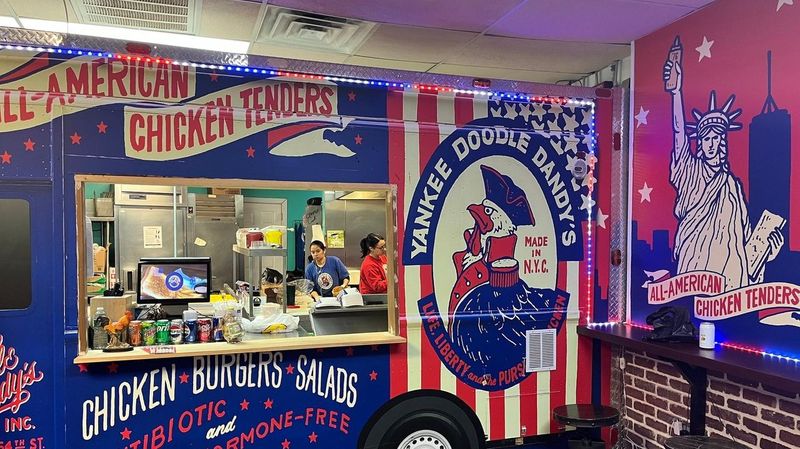
Yankee Doodle Dandy embraced patriotism with its red, white, and blue decor. The chain aimed to turn American pride into a culinary experience, focusing on classic burgers.
Despite the thematic appeal during the Bicentennial era, the concept couldn’t sustain interest beyond its initial buzz.
Yankee Doodle Dandy is now a part of history, remembered for its attempt to blend nationalism with dining, a unique but fleeting moment in restaurant gimmickry.
20. VIP’s
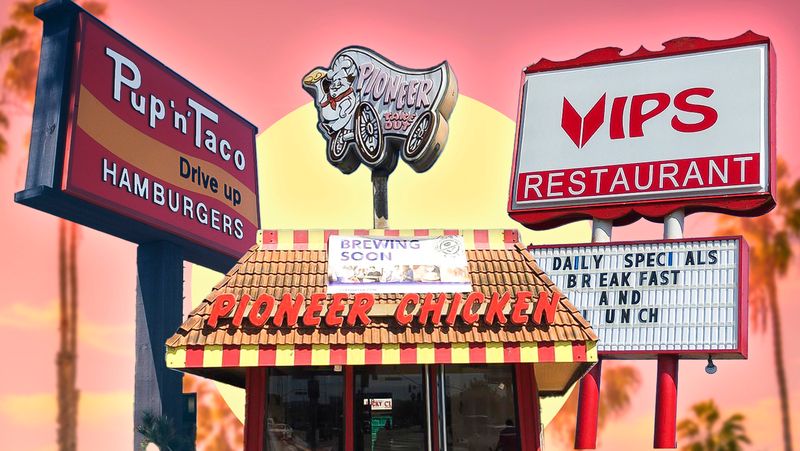
VIP’s offered more than just meals; it offered a sense of importance. The diner-style chain catered to patrons with a “Very Important Person” theme, making each visit feel special.
However, the concept struggled to differentiate itself in a competitive market, eventually leading to many locations being sold to Denny’s.
VIP’s remains a nostalgic memory for those who enjoyed its unique approach to dining, a testament to the evolving landscape of American eateries.
